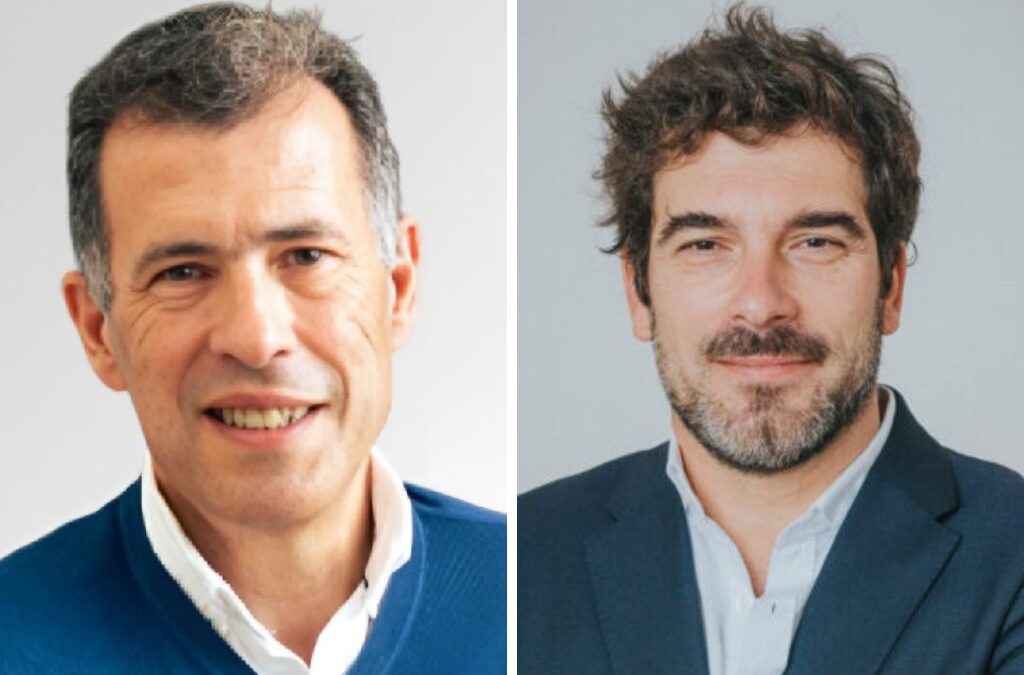
In the Media: INESC-ID researchers help explain the causes behind the April 28 blackout
Not long ago, power outages were a familiar part of life. Some of us certainly remember those stormy nights in which the light went off. Today, electricity is so present in our daily life that even brief disruptions can feel dramatic. The blackout that hit the Iberian Peninsula on the morning of April 28 was a strong reminder that modern society is built on a grid we rarely think about. Except when it goes dark.
Although the exact causes are still under investigation, the failure appears to have started in Spain and rapidly cascaded across the interconnected grid, resulting in a rare total blackout. Like a circuit breaker protecting your home, the system shut itself down to prevent larger damage. According to INESC-ID researchers, Rui Castro and Pedro Carvalho —both experts in power systems and energy transition—this was not a collapse of a failed system, but rather a sign of its robustness. The grid responded, isolated the issue, and restored power in phases using “black start” capabilities. However, the event also revealed the challenges of an energy transition reliant on variable renewables and decentralized production.
There is no such thing as zero-risk infrastructure. Making the electric grid 100% fail-proof would require massive and economically unjustifiable investments. Instead, we must accept some level of risk and focus on making our systems more resilient, more intelligent, and quicker to recover.
These insights were shared by Rui Castro and Pedro Carvalho in recent media interventions (newspaper and TV channels), where both researchers contributed to clarifying the technical nature of the blackout and the broader implications for the energy transition and grid resilience.
Links below:
